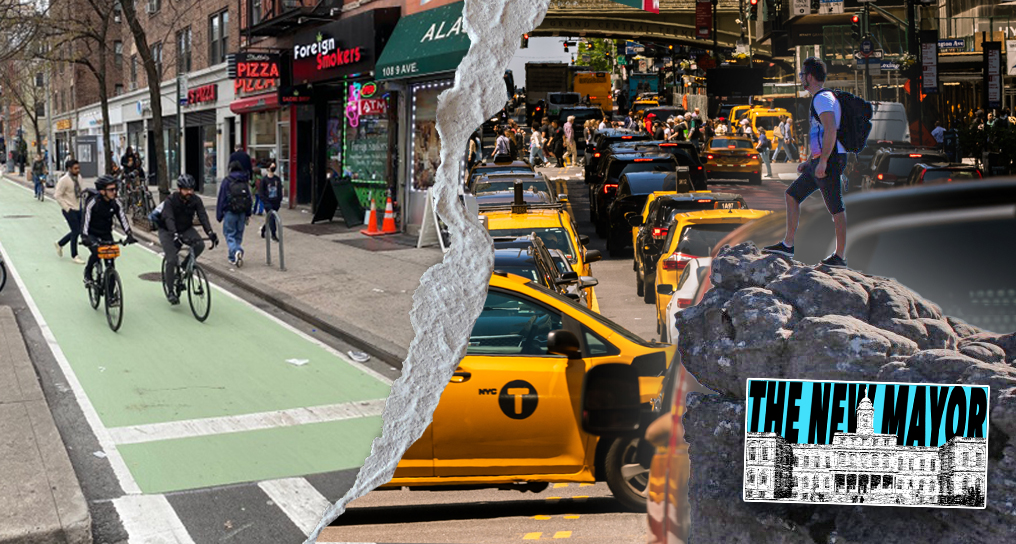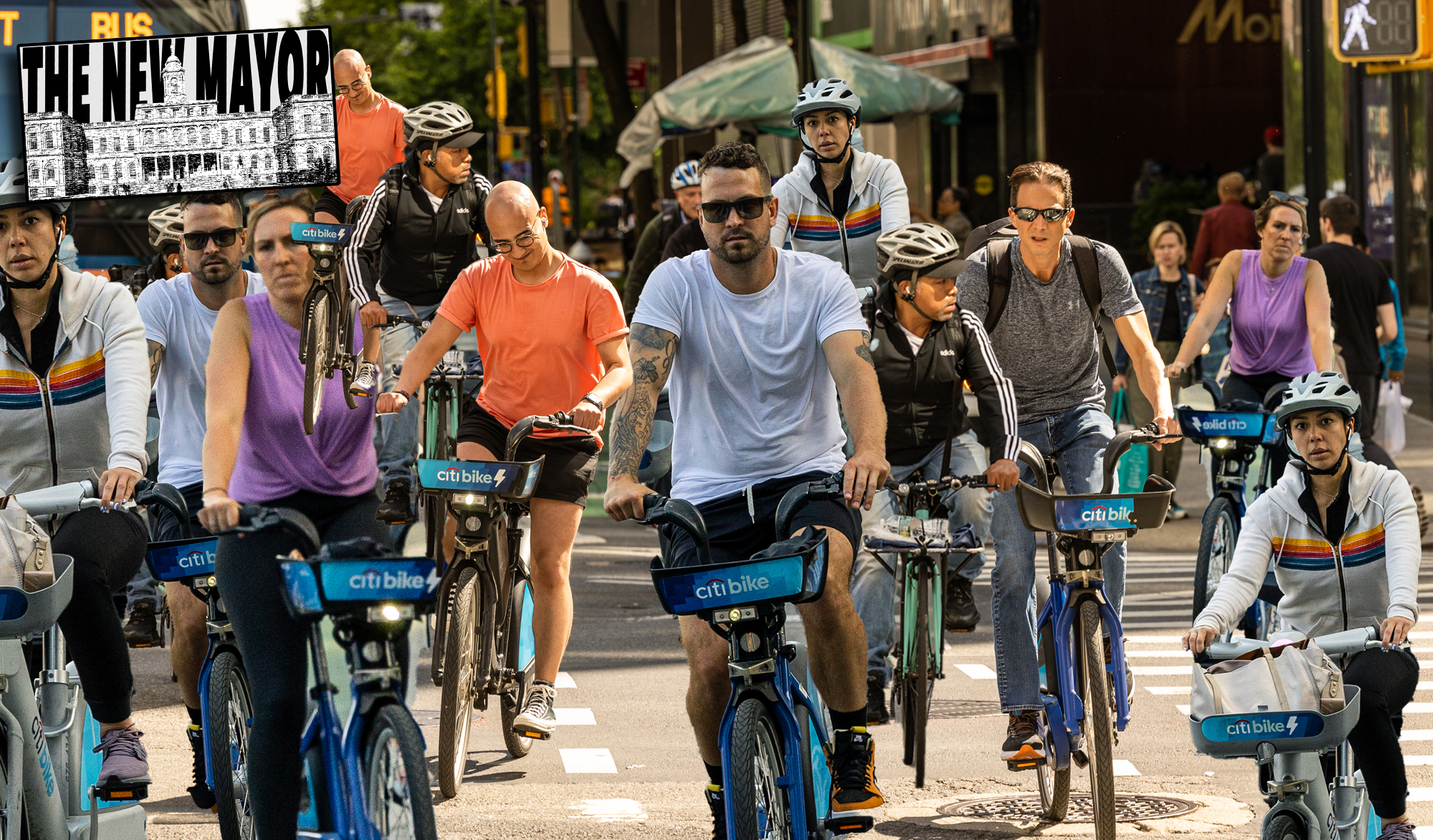Many transportation reform advocates were disappointed in the performance measures included in MAP-21, which was signed into law in July 2012. They weren’t tied to funding, they gave states and localities too much leeway to set their own performance targets, and they measured the wrong things. But there’s still a chance for them to get much stronger.
The Federal Highway Administration has six more months to finalize the rulemaking, in which they’ll define and give guidance on the metrics. Some at U.S. DOT feared that FHWA would neglect non-automotive modes, and reached out to the Eno Center for Transportation, the Bipartisan Policy Center and the State-Smart Transportation Initiative. Those groups convened a daylong task force in June, and yesterday they released their findings.
“Performance of the system, as we see it, isn’t just limited to the speed of cars,” said Eric Sundquist of SSTI, “but how does it work with the local network, how does it work with other modes, how does it perform in terms of some goals that are somewhat nontraditional for state DOTs -- economic development, property values, livability, sustainability, and those sorts of things.”
Measuring our transportation network by those criteria might be “bleeding edge,” Sundquist acknowledged, and not on state DOTs’ radar. “But MAP-21, with its focus on system performance and congestion, certainly gets us a foot in the door in having the conversation,” he said. “And the way we do it under MAP-21 will probably set the pattern for how we think about it going forward.”
The groups focused their attention on two MAP-21 performance measures -- congestion and system performance -- that could be interpreted either to consolidate the dominance of highways or to promote multi-modalism, in hopes that they could inspire FHWA to do the latter.
We’ve written before about the dangers of a rulemaking that sets in stone a performance measure on congestion that measures nothing but travel delay for automobiles.
“Measures of congestion are largely highway-focused and are not necessarily providing a good indication of mobility and transportation outcomes,” Eno’s Joshua Schank told reporters yesterday. He said congestion isn’t always bad, especially in places where there’s still capacity to add more infrastructure for walking, biking, and transit, or where congestion isn't harming economic development. “Congestion might not be the problem you’re trying to address,” he said, “but actually trying to get more mobility or accessibility to that area, rather than dealing with congestion itself.”
He’d like to change MAP-21's "congestion" measure to one looking at average trip time. That’s a multi-modal way of addressing the issue people really care about: how long will it take them to get somewhere.
Tied to that is MAP-21's metric on system performance. The only systems that metric evaluates are the national highway system and the interstate system. “It’s a synonym for congestion,” Schank said. “By its very nature, because you’re measuring the performance of those highway systems, you’re not looking at the larger system.”






